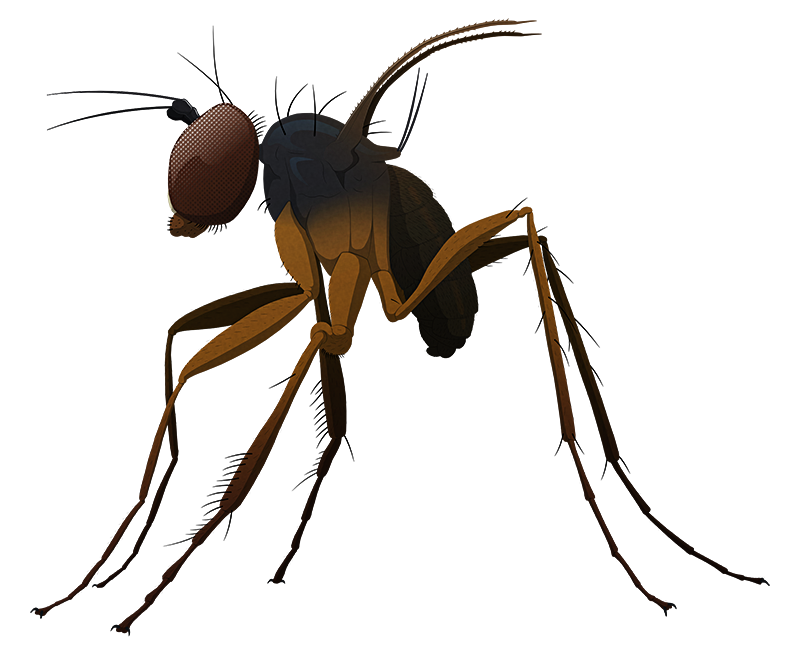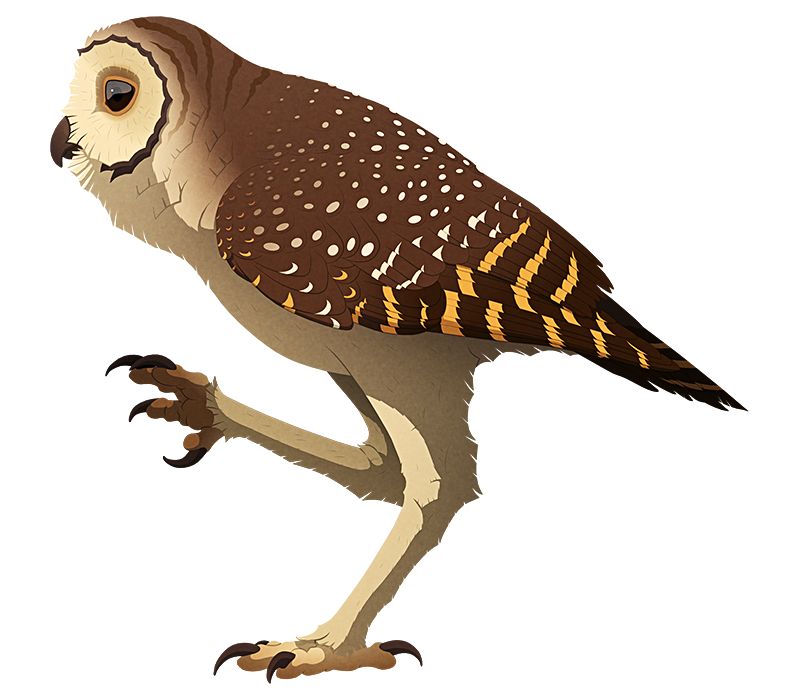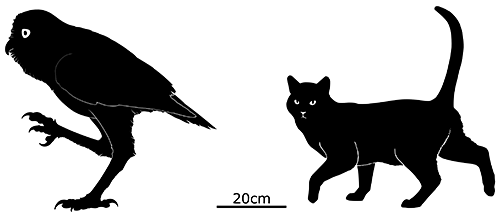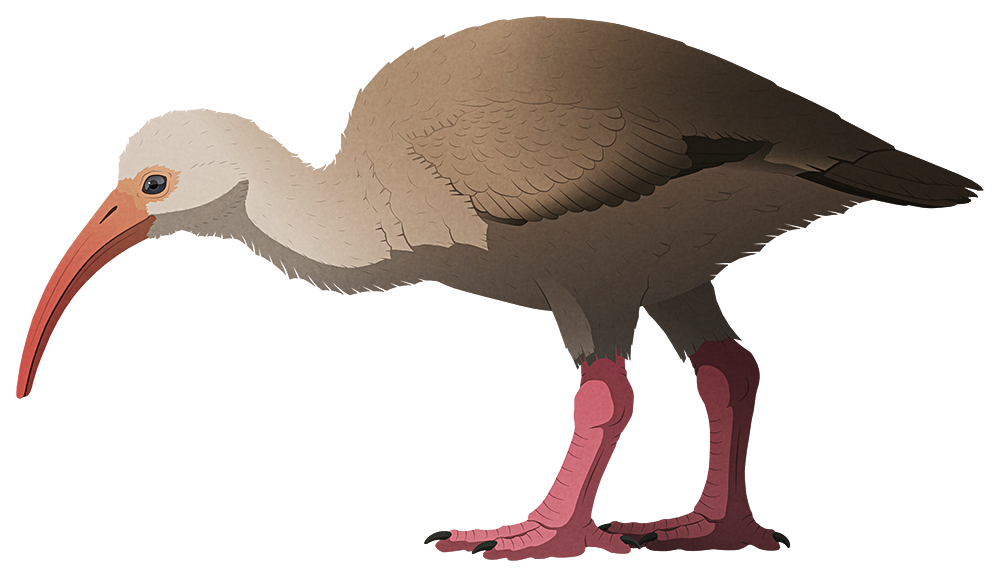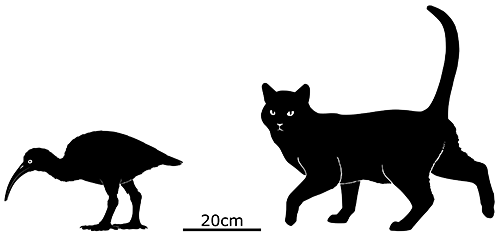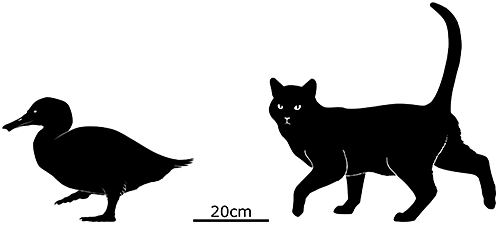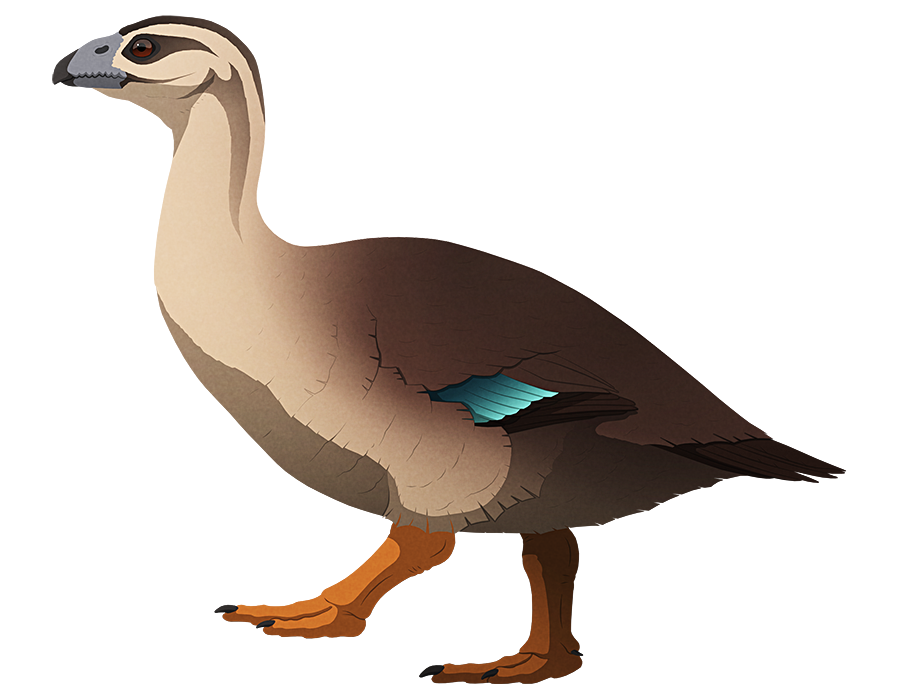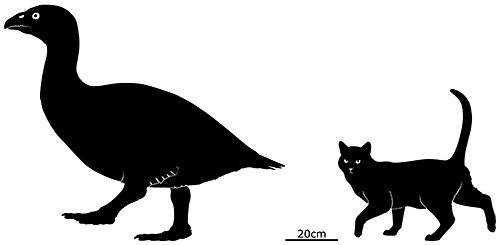One of the most defining features of the true flies is a pair of wings, but various different lineages have actually become flightless.
Flightlessness is very rare in the long-legged fly family (Dolichopodidae), however, with only about 12 out of over 5000 species known to have lost functional wings — and eight of those are endemic to the Hawaiian islands.
The Koʻolau spurwing long-legged fly (Emperoptera mirabilis, sometimes classified as Campsicnemus mirabilis) was found only on Mount Tantalus in the southern Koʻolau Range of Oʻahu, close to Honolulu. About 2mm long (>0.1″), its wings were reduced to thin stiff spines, and it moved around by walking and hopping in leaf litter in the moist cool forest at elevations of about 300m (~1000ft).
Like most other long-legged flies it would have been predatory, hunting other tiny invertebrates.

The Koʻolau spurwing was actually still common on Tantalus as recently as the early 1900s, but multiple searches since the 1980s have failed to find any more of them at all. The species is most likely completely extinct, probably due to a combination of predation from invasive ants and habitat destruction from feral wild boar rooting up the forest floor.
Of the other flightless Hawaiian long-legged flies several other species are now possibly extinct — only one out of the five known Emperoptera species still definitely survives on the highest slopes of Mount Kaʻala, and one of the three Campsicnemus is either very rare or also extinct.
The Hawaiian islands also have three endemic species of flightless crane fly in the genus Dicranomyia, all of which are incredibly rare.

